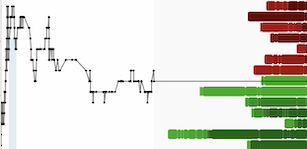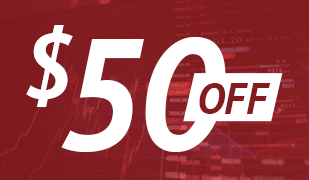
Data from the Silver Institute's World Silver Survey 2024 report shows that between 2015 and 2024F (forecasted), silver demand has shifted dramatically across various sectors, reflecting global trends in technology, renewable energy, and investment. One of the most significant changes occurred in the solar energy sector, where the demand for silver in the production of solar panels skyrocketed. In 2015, the photovoltaic industry consumed around 60 million ounces of silver. By 2024F, this figure had surged to 232 million ounces—a remarkable increase driven by the global expansion of solar energy.

Silver usage in electrical and electronics industries (excluding solar panels) has also grown. In 2015, these industries consumed 213 million ounces, and by 2024F, that number had risen to 254 million ounces. This growth reflects the continued advancement in technology, especially consumer electronics, where silver remains a key component.
However, not all sectors have seen increased demand. Physical investment in silver, like coins and bars, has seen a sharp decline. In 2015, this sector accounted for over 309 million ounces, but by 2024, it had dropped to 212 million ounces. This decline mirrors changing investment trends and a shift toward other asset classes.
Silverware demand has remained stable, rising slightly from 58.3 million ounces in 2015 to 58.8 million ounces in 2024F, while jewelry saw modest growth, increasing from 202.5 to 211.3 million ounces. Photography silver usage dropped sharply due to digital tech, but industrial uses like batteries and medical tools surged from 133.7 to 173.5 million ounces.
Overall, the biggest driver of silver demand growth has been the booming photovoltaic sector, while other industries have either grown more steadily or declined due to technological changes. Silver remains essential in many industries, particularly those tied to renewable energy and electronics.





